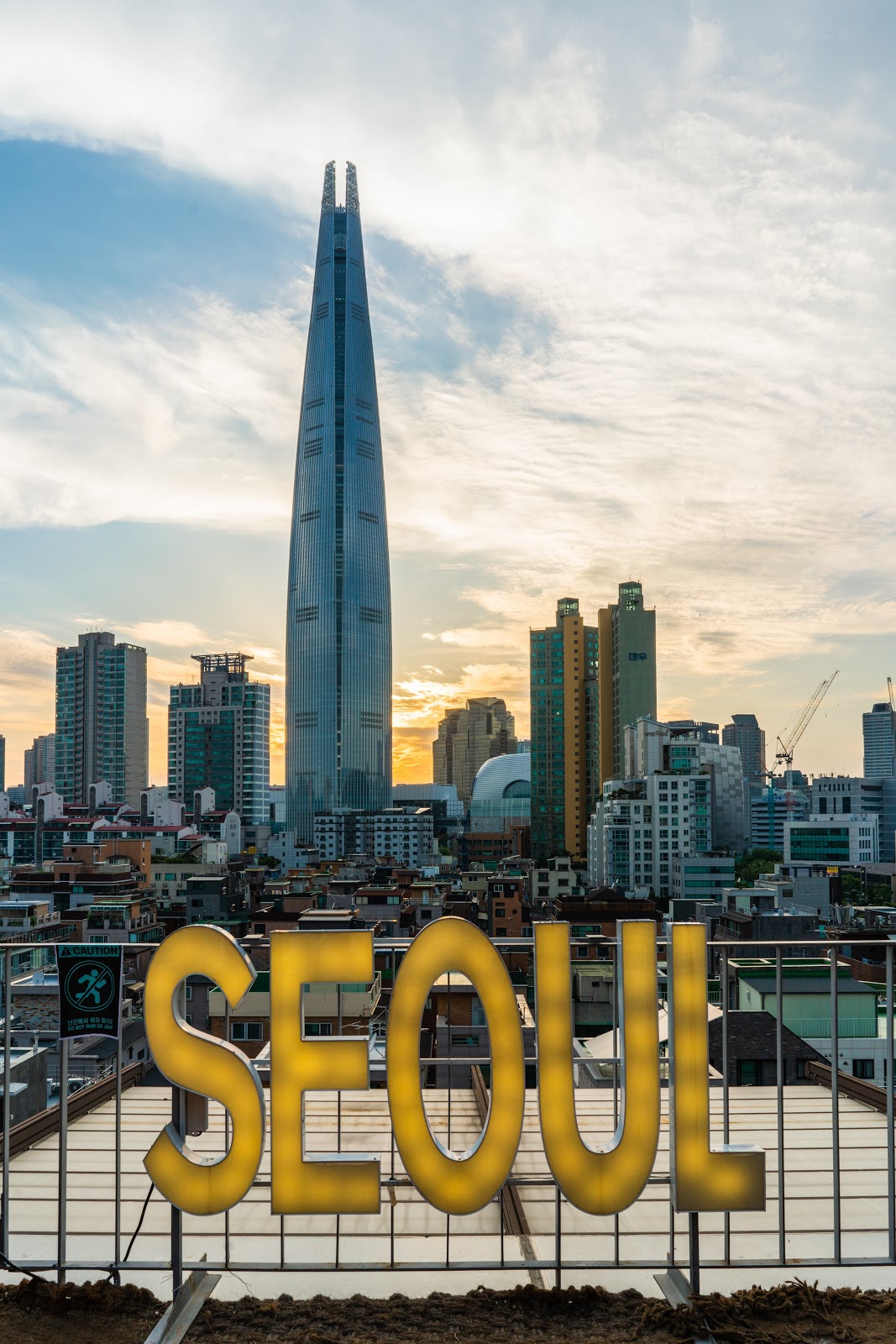Governments are preparing for recovery by focusing on ecology & economy
The world’s economic outlook is uncertain. As states across the globe learn to adapt to various levels of managing COVID19, we see the ebb and flow of contraction and death rates. Major decisions are being made on the best methods for supporting people and businesses through this tumultuous economic time. As seen with the swift economic and environmental measures adopted in New Zealand, nations worldwide are quickly following and adapting models of support for maintaining public health and improving our collective impact on air, water, and food quality. In the wake of COVID19, the Green New Deal sees a resurgence.
If ever there was an overarching issue that has caused the world to examine the many constructs that were not working, it has been SARS-CoV-2. Some of those issues we can no longer escape addressing will have to be addressed by our government and include the following:
- Healthcare access
- Racial inequality
- Environmental degradation
- Food insecurity
- Housing insecurity
- Unemployment
Resurge: The Global Demand for a Green New Deal
Forward-thinking states are taking on the challenge by adopting a set of measures that address these issues, especially in equity, jobs, and climate change. The Green New Deal is a starting point, where states are learning they can adapt specific measures to the ideology of green economic stimulus. According to a developing paper, the definition of Green stimulus is the application of policies and measures to stimulate short-run economic activity while at the same time preserving, protecting, and enhancing environmental and natural resource quality both near-term and longer-term. Recently adopted standards are not exclusive to The Green New Deal. While online trolls mock the resolution, it’s essential to look at what economists say and how governments around the world are adopting measures for economic growth and taking action on climate change.
So the first question is, which governments around the world are adopting Green New Deal-style legislation? Let’s take a look at some of the newest adaptations.
South Korea gets started on $10.5 billion Green New Deal style measures

As perhaps a rebranding of already in place legislation, South Korea has announced a proposal of ₩12.9 trillion invested in 133,000 jobs for projects including:
- remodeling public buildings
- creating urban forests
- recycling
- renewable energy
- low-carbon energy industrial complexes
- reduce reliance on fossil fuels
These measures will be executed over the next two years, and plans are to address more serious environmental legislation. For example, coal currently makes up 40% of South Korea’s energy, and serious measures would include ending coal financing, implementing a carbon tax, increasing renewable energy, supporting people impacted by climate change, and addressing air pollution with more aggressive goals.
Green New Deal Virginia, USA
The Green New Deal Virginia was introduced by Sam Rasoul (D) to rival the weaker Virginia Clean Economy Act. The main differences between the two are the Green New Deal renewable goals are much more aggressive, address environmental justice, improve renewable energy equity, assist fossil fuel workers in a transition to renewable energy, and work to improve union labor standards.
The main components of the bill include:
- Fossil fuel moratorium
- Labor union standards
- Renewable portfolio standards
- 40% clean energy investments directed to communities in need of Environmental Justice
- Transition assistance to fossil fuel workers
The European Green Deal

Twenty-seven countries have banned together intending to move from a high carbon economy to a low carbon economy. Through goal setting like net-zero carbon emissions by 2050 and 50-55% reduced emissions by 2030, the deal will encourage private investment into sustainable measures that will improve renewable energy, protect biodiversity, and improve natural resource usage and waste practices.
The European Green Deal is slated to be a revision of the EU’s heavily criticized carbon trading scheme. The deal will also address emission standards for automobiles, address farm policy, and phase out support for fossil fuels.
California Covid19 Recovery Deal

What was introduced initially as a Green New Deal for California, has been rebranded as the Covid19 Recovery Deal. The bill has fleshed out what is meant by generating economic stimulus through a just transition to a green economy. The bill’s details are still in process and can be found here: AB-1839 Economic, environmental, and social recovery: California COVID-19 Recovery Deal.
Now that we’ve taken a peek at the governments moving forward with adaptations of the Green New Deal, what are economists saying about the best strategies for recovery based on historical data, environmental needs, and the need to keep people safe and solvent?
Paul Krugman
Paul Krugman on the Green New Deal, Income Inequality, and The Destruction of Society:
[su_youtube_advanced url=”https://www.youtube.com/watch?v=8DAwKGycQNk” width=”200″ height=”200″]
Tim Harford
We could crush livelihoods to prevent ecosystem collapse — but that would be a last resort –
Tim Hartford (the Undercover Economist) would rather the green deal than no action, or just a carbon tax which will not be enough to tackle climate change efforts.
“One response, then, is to demand an ambitious programme of government investment and regulation — the most prominent of which is the Green New Deal, advanced in the U.S. by Ed Markey and Alexandria Ocasio-Cortez, two prominent Democrats. The exciting thing about the Green New Deal is that it has serious political momentum focused at addressing climate change. Yet this momentum has come at a price. The details have deliberately been left vague, and grand aims often win more support than hard practicalities. (See also: Brexit.)
The Green New Deal is also expansive. The resolution not only wants to act against climate change, but to “promote justice and equity . . . repairing historic oppression of indigenous peoples, communities of colour, migrant communities, deindustrialised communities” and many others. Worthy goals these may be, but in mobilising the U.S. government to take action on every imaginable progressive goal, the whole project may become derailed by its own utopianism.”
Frank Stillwell
“The Global Coronavirus Crisis GCC, coming hard on the heels of the bushfire emergency in Australia and accelerating climate change worldwide, signals the need for much more than short-term correctives. Indeed, at a time such as this, it is appropriate and desirable to be considering more radical policy measures, such as the introduction of Universal Basic Income, the adoption of a Green New Deal, cooperative patterns of business organisation, perhaps nationalisations of industries that are crucial for our survival. Keynesian stimulus can help with short-term crisis-alleviation, but it is policies like these that address the deeper structural problems that have been set aside for too long. In this sense, the GCC may be regarded as a wake-up call. Now is a time to be linking crisis management to meeting the longer-term social and ecological challenges of the era.” – Frank Stillwell
The Green New Deal & adaptations for the times
As we face the challenges of COVID19, it’s evident that adaptations of a Green New Deal are having a resurgence. In general, this means that specific to localized needs, legislation is being drafted to shore up losses from COVID19 and deal with the bigger issue to come, climate change. It’s especially important to note the environmental justice issues that are being addressed with new measures because to succeed; a green new economy must be inclusive and right the wrongs of a toxic fossil fuels past.
Resources
https://openknowledge.worldbank.org/bitstream/handle/10986/19956/WPS5163.pdf?sequence=1&isAllowed=y
https://openknowledge.worldbank.org/handle/10986/19956
https://sustainabledevelopment.un.org/index.php?page=view&type=400&nr=670&menu=1515
https://www.nytimes.com/by/thomas-l-friedman
http://www.worldincbook.com/res_book_friedman.html
https://www.ppesydney.net/beyond-the-global-coronavirus-crisis-austerity-or-recovery/
http://timharford.com/2019/05/why-the-world-needs-a-carbon-tax/
https://www.ft.com/content/0b171892-8afd-11ea-9dcb-fe6871f4145a
https://leginfo.legislature.ca.gov/faces/billNavClient.xhtml?bill_id=201920200AB1839


